
Emma of Waldeck and Pyrmont was Queen consort of the Netherlands and Grand Duchess consort of Luxembourg by marriage to King-Grand Duke William III. An immensely popular member of the Dutch Royal Family, Queen Emma served as regent for her daughter, Queen Wilhelmina, during the latter's minority from 1890 until 1898. She was a maternal third cousin of Queen Mary, consort of British king George V.

Anna van Egmont, mainly known as Anna van Buren, was a Dutch heiress who became the first wife of William the Silent, Prince of Orange.
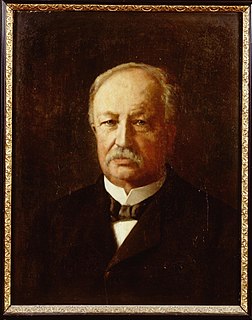
Johannes Pieter Roetert Tak van Poortvliet, lord of the manor of Poortvliet and Cleverskerke, was a Dutch politician.

Jacoba Johanna (Coba) Ritsema, was a portrait painter from the Netherlands.

Elisabeth Geertruida Wassenbergh was an 18th-century painter from the Northern Netherlands.

Abraham Hulk Senior was an Anglo-Dutch painter, draughtsman and lithographer. He initially trained as a portraitist, but became a well-known as a marine-painter and the patriarch of a whole family of Anglo-Dutch artists.

Adriaan "Ad" Dekkers was a Dutch artist mostly known for his reliefs involving simple geometrical forms.
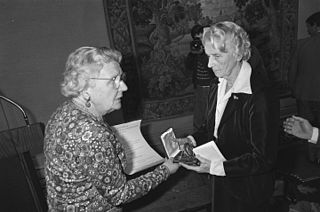
Charlotte van Pallandt (1898–1997), was a Dutch painter and sculptor.
Oort is a Dutch toponymic surname most commonly referring to the astronomer Jan Oort. Oort was one spelling of a Middle Dutch word for "edge" or "end", as in "the edge of town". Variant forms are Oord, Oordt and Ort, as well as Van Oort, Van den Oord etc.. People with these surnames include:
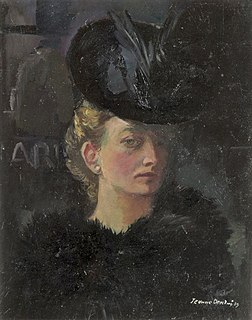
Adriana Johanna Wilhelmina (Jeanne) Bieruma Oosting (1898–1994) was a Dutch sculptor, engraver, graphic artist, lithographer, illustrator, glass artist, painter, illustrator and book designer.

Wilhelmina van Idsinga also Wilhelmina Geertruida of Idsinga, (1788–1819) was a Dutch painter. She was born in Leeuwarden.

Joanna Maria Tak van Poortvliet was a Dutch art collector and the namesake for an art museum in Domburg.

Johanna Jacoba Bleuland van Oordt (1865-1948) was a Dutch painter.

The Nederlandsche Vereeniging voor Ambachts- en Nijverheidskunst (V.A.N.K.) was founded in 1904. It was founded by Jacob Pieter van den Bosch, Herman Hana, Klaas van Leeuwen, Theo Molkenboer, and Willem Penaat. At the turn of the century the idea of artist-craftsmen was emerging. The existing Dutch societies and clubs for painters and architects did not adequately represent these artisans and they formed V.A.N.K., the first society for designers in the Netherlands.

Onze Kunst van Heden was an exhibition held in the winter of 1939 through 1940 at the Rijksmuseum in Amsterdam. Due to the threat of invasion in the years leading up to World War II, the Netherlands' government stored many items from the Rijksmuseum's permanent collection. The resulting empty gallery space was utilized by contemporary Dutch artists to exhibit and sell their art. It was organized by the director of the Rijksmuseum Frederik Schmidt Degener. The show was open to all artists, with each artist allowed to enter four pieces. 902 artists exhibited 3,200 works of art in 74 rooms and cabinets of the Rijksmuseum.
„De kunstenaar kan in tijden van maatschappelijke benauwenis weinig positiefs doen om rampen af te wenden, maar wel kan hij door mede te helpen nationale uitingen op het eigenaardigst naar voren te brengen het gemeenschapsbesef versterken. Wanneer de belangstelling van het publiek uitgaat naar deze manifestatie, die in zulk een omvang in Holland nog niet gezien is, dan zal menige kunstenaar zich op zijn beurt gesterkt voelen".
"The artist can do little positive in times of social distress to avert disasters, but he can, by helping to bring out national expressions in the most idiosyncratic way, strengthen the sense of community. When the public is interested in this event, which has not yet been seen to such an extent in Holland, many artists will feel strengthened in turn."
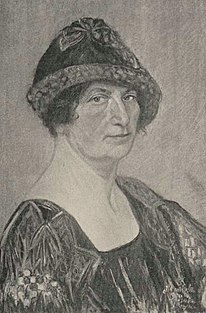
Hendrika Van Gelder (1870-1943) was a Dutch painter known for portraits and still lifes.
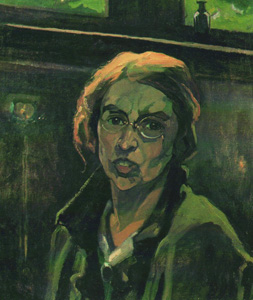
Adriana "Adri" Jacoba Pieck (1894-1982) was a Dutch artist.

Margaretha "Gretha" Pieck (1898-1920) was a Dutch artist.
Johanna Hendrika Pieneman (1889-1986) was a Dutch artist.






















